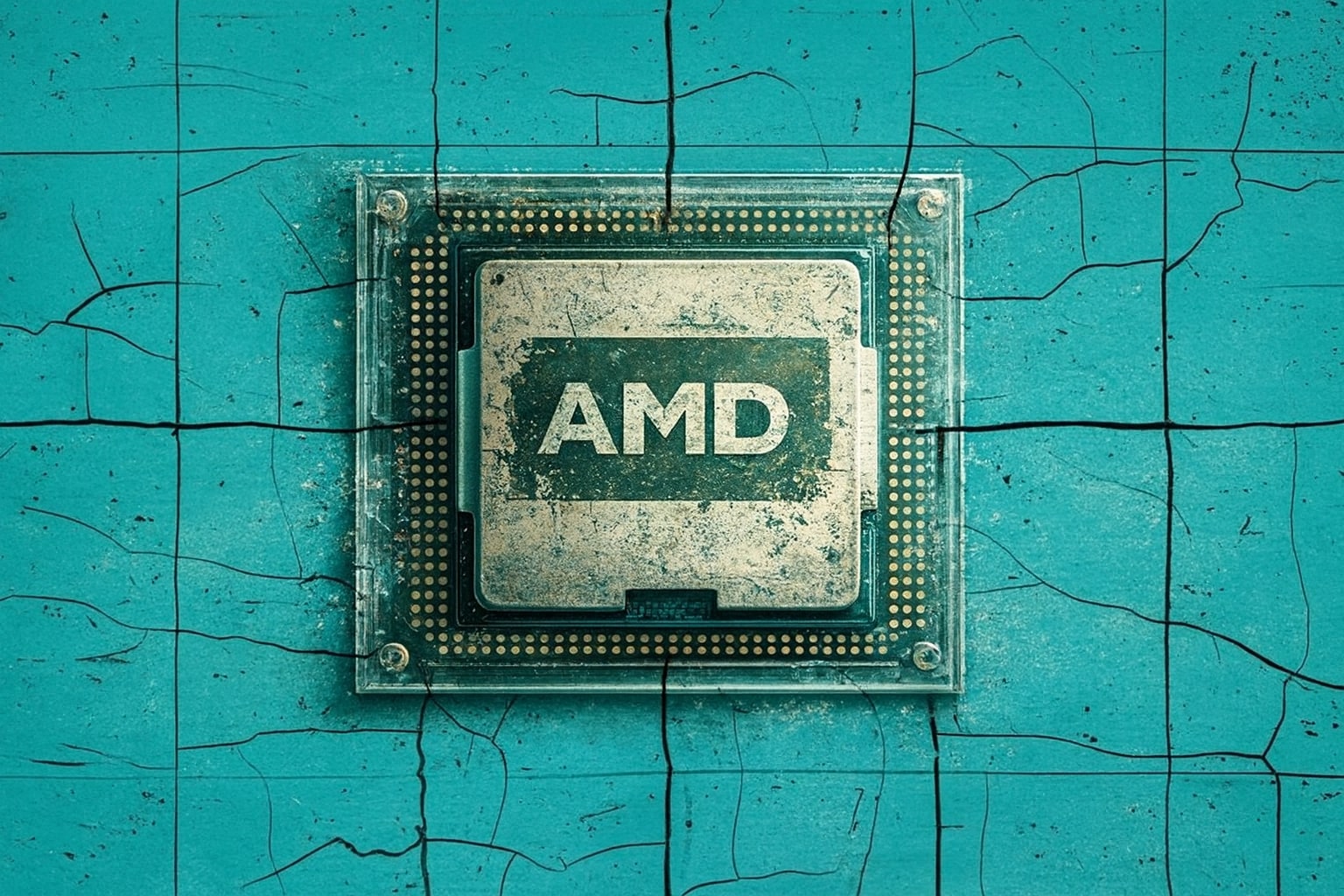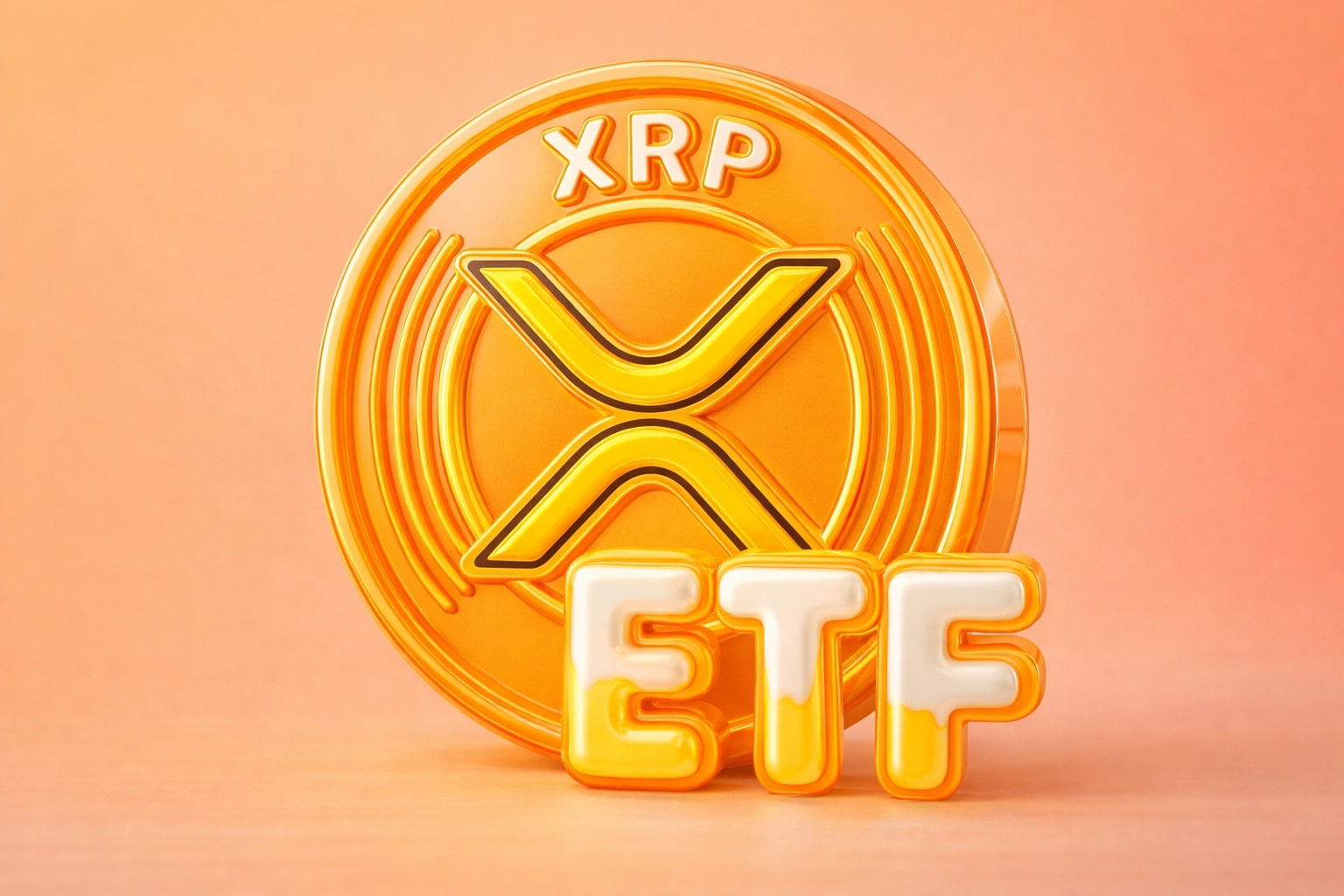
Novo Nordisk Stock: $54.28 NVO Stock Price, Obesity Market Dominance, and Buy Rating
With Wegovy growth, Ozempic resilience, and pipeline catalysts like CagriSema, Novo Nordisk balances CapEx risks with global expansion and strong free cash flow | That's TradingNEWS
Novo Nordisk (NYSE:NVO) Stock Analysis: Growth Engine in Diabetes and Obesity, Risks From Competition and High CapEx
NYSE:NVO Share Price and Valuation
Novo Nordisk (NYSE:NVO) closed at $54.28 on September 8, 2025, after sliding 1.72% in the session. The company trades with a market capitalization of $245.92 billion, supported by trailing twelve-month revenue of DKK 311.9 billion ($45.7 billion) and net income of DKK 111.07 billion ($16.3 billion). Profit margins remain exceptional at 35.61%, with return on equity at a staggering 79.17%. Valuation ratios show a trailing P/E of 14.17 and forward P/E of 13.19, implying a discount relative to growth peers such as Eli Lilly (LLY), which trades above 35x forward earnings. Price-to-sales is 5.05 and price-to-book 9.35, levels that reflect premium pricing power but still below historical multiples when NVO traded near 20x sales at its peak of $138.22 per share in 2024.
Earnings and Guidance Trends
Second-quarter 2025 results demonstrated revenue growth of 16% year-over-year to DKK 155 billion ($22.7 billion). Obesity care, led by Wegovy, surged 56% with sales growth of 67% for the drug alone, while diabetes products Ozempic and Rybelsus delivered 14% and 4% growth respectively. Rare disease care expanded 14%, contributing to portfolio diversification. Operating profit rose 29% in constant exchange rates, with margins around 46.6%. EPS came in at 5.96 DKK versus estimates of 6.00 DKK, a minor miss that contributed to the stock’s 22% post-guidance selloff. For FY2025, consensus estimates project EPS of 24.84 DKK with revenues of 319.1 billion DKK, a 9.9% annual increase. Projections for FY2026 show EPS at 25.34 DKK and revenues of 345.4 billion DKK, implying sustained high single-digit growth.
Dividend and Capital Allocation
The company pays a forward annual dividend of $1.73 per ADR, yielding 3.13% at current prices, well above its 5-year average yield of 1.5%. The payout ratio stands at 45.52%, comfortably covered by levered free cash flow of $26.44 billion. Novo Nordisk also executed a 2-for-1 stock split in September 2023, making the stock more accessible to retail investors. Cash balances are strong at DKK 18.9 billion ($2.7 billion), set against DKK 99.2 billion ($14.5 billion) in debt, a debt-to-equity ratio of 59%. The balance sheet is manageable, with interest coverage at 7x, aided by the company’s high profitability.
Growth Drivers in Obesity and Diabetes
The company commands 51.1% U.S. market share in GLP-1 drugs and an even more dominant 71% internationally. Wegovy is the fastest-growing asset, marketed specifically for obesity treatment, and international sales surged 320% year-on-year, generating DKK 12 billion ($1.87 billion) in Q2 alone. Ozempic continues to lead type 2 diabetes therapy globally, supported by strong cardiovascular outcomes data, while Rybelsus extends the semaglutide franchise to oral formulations. Emerging markets and APAC posted triple-digit growth, with APAC rising 339% and emerging markets 135% in constant currency, together surpassing $1 billion in quarterly sales. The underpenetrated nature of the market is striking: only 7% of global diabetes patients use GLP-1 therapies, and less than 1% of obese individuals receive branded anti-obesity medications, leaving substantial runway for adoption.
Read More
-
SMH ETF: NASDAQ:SMH Hovering at $350 With AI, NVDA and CHIPS Act Fueling the Next Move
16.12.2025 · TradingNEWS ArchiveStocks
-
XRP ETFs XRPI and XRPR: Can $1B Inflows Lift XRP-USD From $1.93 Back Toward $3.66?
16.12.2025 · TradingNEWS ArchiveCrypto
-
Natural Gas Price Forecast: NG=F Falls to $3.80–$3.94 as Warm Winter Kills $5.50 Spike
16.12.2025 · TradingNEWS ArchiveCommodities
-
USD/JPY Price Forecast - USDJPY=X Slides, BoJ 0.50% Hike, Fed Cut and NFP Set the Next Big Move
16.12.2025 · TradingNEWS ArchiveForex
Pipeline and Innovation Outlook
CagriSema, a combination of cagrilintide and semaglutide, delivered Phase 3 trial results showing a 22.7% average weight loss compared to 16.1% for semaglutide alone. Regulatory approval is expected by early 2027, making it a critical successor to Wegovy. Novo Nordisk has also licensed UBT251, a triple receptor agonist, which in early Phase 2 trials showed 15% weight loss compared to 1.5% in placebo groups. If successful, these candidates could extend the GLP-1 leadership beyond the current cycle and fend off competitors. R&D efficiency will be key, as expenses rose 50% in FY2024, pressuring margins, though the payoff could be substantial.
CapEx Expansion and ROIC Risks
NVO is in the midst of its most aggressive investment cycle in decades. FY2024 saw CapEx and acquisitions drive debt up 281% year-on-year to nearly DKK 103 billion ($16.1 billion). $11.7 billion was spent acquiring three Catalent manufacturing sites to expand capacity for Wegovy and Ozempic. The Kalundborg API site expansion in Denmark, a 170,000-square-meter facility, alongside new plants in France, Brazil, China, and the U.S., will add significant capacity by late 2026. While historically Novo Nordisk has delivered ROIC well above 70%, the risk now lies in whether this elevated capital base can maintain efficiency. ROIC has declined for three consecutive years, making this a metric investors must watch closely.
Competition With Eli Lilly and Pricing Pressures
The primary competitive threat comes from Eli Lilly’s Zepbound (tirzepatide). In clinical trials, 32% of Zepbound patients lost more than 25% of their body weight, compared to 16% for Wegovy. U.S. Zepbound sales surged 172% year-on-year in Q2 2025, dwarfing Wegovy’s domestic growth. However, NVO’s international reach remains the differentiator, with $1.87 billion in ex-U.S. Wegovy sales compared to Lilly’s negligible overseas sales of Zepbound. Pricing pressures also loom large: Wegovy costs around $1,300 per month in the U.S., versus much cheaper compounded versions offered by pharmacies. Gross margins for Wegovy in the U.S. are near 89%, leaving Novo room to reduce prices without losing profitability. The FDA’s crackdown on unauthorized compounding has improved NVO’s position, but management may still need to make concessions in Medicare reimbursement negotiations.
Financial Quality and Profitability
Gross margins stand above 88%, operating margins near 44%, and net margins at 35%, placing Novo Nordisk among the most profitable large-cap pharma companies globally. Levered free cash flow of $26.44 billion ensures continued dividend support and share repurchases. Return on assets is 21.82%, while return on equity at 79.17% reflects both profitability and leverage. Beta sits at just 0.32, confirming the stock’s defensive profile in market downturns. Historically, healthcare outperforms in recessions, and NVO’s combination of growth and defensive positioning makes it unique among large-cap equities.
Analyst Targets, Insider Activity, and Market Sentiment
Wall Street’s average price target for NYSE:NVO is $64.23, implying 18% upside from current levels, with the high estimate at $90.63. Analyst ratings are split between Buy and Hold, while Seeking Alpha analysts skew more bullish with a 4.31 score (Buy). UBS downgraded to Neutral in August 2025, while Cantor Fitzgerald remains Overweight. Short interest is minimal at 0.62% of float, reflecting strong institutional conviction. Insiders hold only 0.01% of shares, with 9.36% owned by institutions. For detailed records, see the NVO insider transactions.
Investment Stance
At $54.28, Novo Nordisk trades at just 14x earnings despite its dominant 71% international obesity market share, rapid double-digit growth in Wegovy and Ozempic, and a deep pipeline led by CagriSema and UBT251. While competition from Eli Lilly and heavy CapEx expansion bring risk, Novo Nordisk’s profitability, dividend yield above 3%, and long-term growth runway justify a bullish outlook. Based on the balance of valuation, growth drivers, and defensive qualities, NYSE:NVO merits a Buy rating, with fair value closer to $108 per share, suggesting significant upside from current levels.


















